Following on from my reflection yesterday about sketching with (physical) limitations ….
This is one of my favourite pages of all times and it has been published in a number of times
Danny Gregory’s Illustrated Journey and an article on Urban Sketchers in Watercolor Artist June 2013″The Pulse of The City” by Cathy Johnson. It is also a spread that I show to my classes often.
This spread (the day before the Lisbon symposium) contains a collection of sketches and so many personal emotions – “so good” “so hard” “still have HA”(it was a bad one!) “YES!” “a bit too ratty today” It just makes me smile to think this page is such ‘a dump’ and despite how ratty I felt at the time, looking at the page brings back the total buzz of the moment! Visiting a tearoom (to chill out!), doing a sketch of the view while waiting for my tea and then the excitement of realising that I was sketching a sketcher! And none other than Eduardo Bazjek from Brazil!
So… two thoughts.
1. You never know which pages in your sketchbook will become favourites – often it is those that have a degree of frustration at the time.
2. Do what you can. I am certainly not trying to produce finished works in my sketchbook. I am trying to record my response to where I am at the time – making the best I can of the present opportunity. I am more focused on that(my personal response) rather than the quality of the work.
And I firmly believe, that focusing on your surroundings or subject, not your page produces more real, convincing and ‘better’ work!
Oh! here is another favourite sketch which was the result of frustration – kicked out of the church we wanted to sketch the interior of.

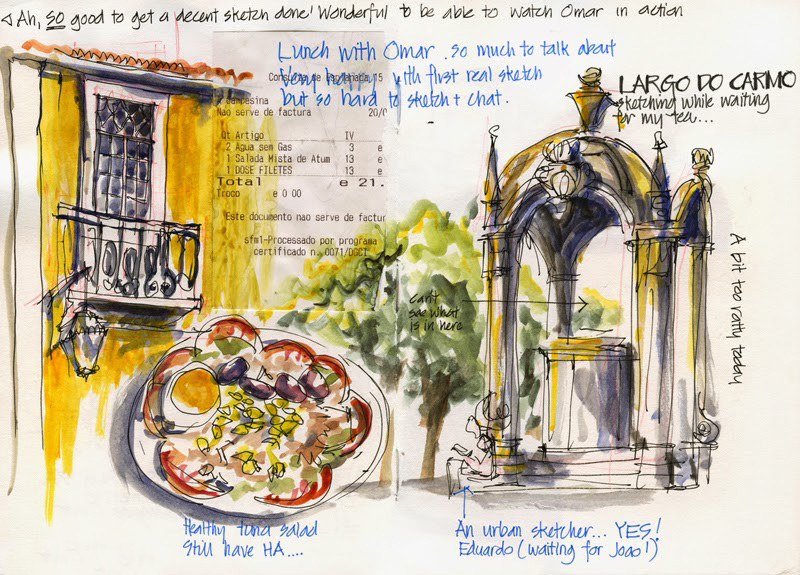
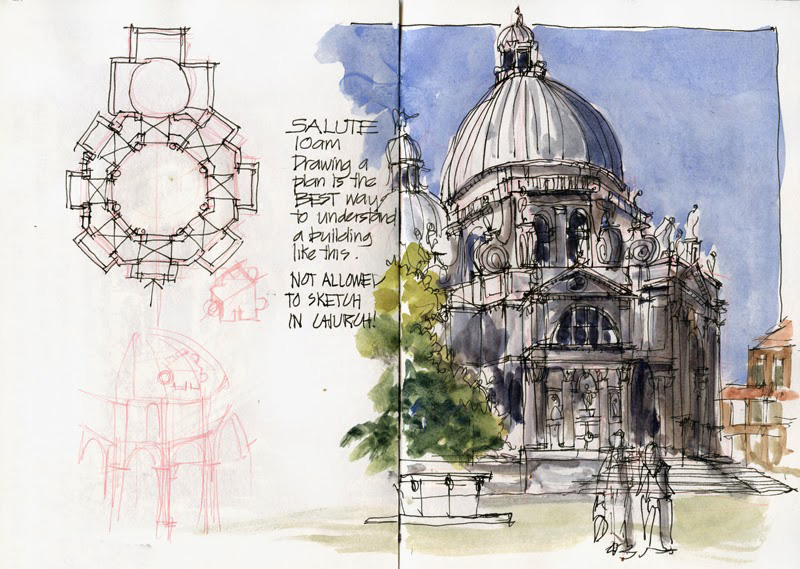



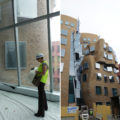
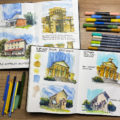
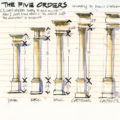
6 Comments
Ah yes- the more you can enjoy the process the better!
Great post! I tend to be a perfectionist….so my sketches end up looking stiff and in the 'no man's land' category. I usually lose the spontaneous feel of what I attracted me to the scene…yet I am not skilled enough to pull off a real finished sketch. Sigh! More practice needed……..
Like Tina, I do so enjoy the process, if not always my results.
yay! Debo that is the main thing! enjoy the process!
Good question Kelly… actually drawing the plan does require quite a bit of architectural training… so I wouldn't expect anyone to be able to do that easily… in fact in a buidling like the Salute it can do my head in attempting it.
I am planning on writing an e-book in the second half of the year to explain my system in detail but this blog post might give you some ideas. I always look for the underlying structure http://sketchingarchitecture.blogspot.com.au/2013/11/complex-buildings-are-fun-louvre.html
http://sketchingarchitecture.blogspot.com.au/2014/04/sketching-architecture-with-watercolour.html
Baroque facades in Rome are my all time favourite as normally they are a simple framework (3 bays) with lots of crazy columns and details…. I like it because the framework is easy and I only need to count to 3!
Liz, I love this post and your retrospective analysis of your favorite page! I really appreciate what you are saying about your response to what you are sketching. I, too, believe that my process is so much more important to me than the result — unless I end up with a really crappy sketch, and then it's harder to say I'm pleased with my process! 😉 But the more I sketch, the more the process takes on greater value. I cherish the moment of sketching more than the sketch.
Like the others, I too love the reminder of just be in the moment and do your best of this post. I also live how you incorporated your receipt in the Barcelona pages.
In the Salute sketch you made the note to yourself to draw a plan when you find the facade or structure complicated. I'm not an architect and so don't know the 1 st thing about drawing a plan and also find (especially church) facades challenging. Do you have any advice for complicated facade sketching for non architects?
NEWSLETTER
Subscribe for first notification of workshop + online classes and more.